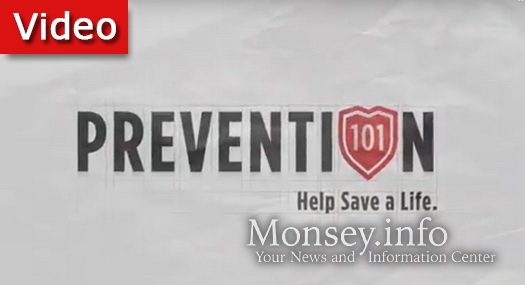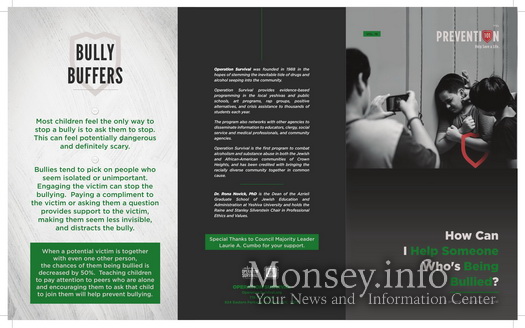
Prevention101: How Can I Help Someone Who’s Being Bullied?
When discussing bullying it is important to raise the issue of bystanders. Bystanders are present in at least eighty percent of bullying episodes. This percentage increases when we consider that people take pictures and record incidents on their phones and then share them through text messages and social media. Thus about ninety-nine percent of all bullying happens with an audience, typically an audience of peers.
If people know bullying is wrong, why don’t they do something? It is not simply children who do not step forward in these situations. We have plenty of adult examples where people failed to step in and help someone in need. In Queens, a woman screamed for help as she was stabbed thirty-nine times, but nobody came to her assistance. History is unfortunately full of examples of individuals, agencies, and entire nations who stood by while large groups of people were mistreated. The awful truth is that it is much more common for bystanders to do nothing rather than intervene.
Part of the reason no one steps forward, particularly with children, is that they seem to have limited options. When we ask children in third grade or lower what they should do when they see bullying, the only two things they think of doing are either to tell the teacher or tell the bully to stop. Sometimes, they do tell the teachers, and the teachers do not know what to do. Some teachers may even say, “That is tattling. Solve the problem by yourself.” There is no guarantee that every teacher will respond in the best way possible.
When children in fourth grade and up are asked this question, they only offer one option: tell the bully to stop. Telling the bully to stop is daunting and, in reality, might not be a wise choice. Most adults have never directly told a bully to stop. It is potentially dangerous and definitely scary, especially for children. If that is the only option available, most bystanders will never get involved. The solution is then that we need to offer other strategies. We need to teach children that they don’t have to do anything to the bully or with the bully.
One strategy is to engage with the victim. If Jessie is being teased, we don’t have to talk to Jessie’s teaser. We can go up to Jessie and say, “Oh, I love those sneakers. They are really cool.” Or, “Did you see the game last night?” It can be anything. This not only provides support for the victim, but it also distracts the bully. Bullies operate by making their victims seem devalued, unimportant and invisible. Every time we respond to bullying by saying to the victim, “We see you. We are here. We are going to talk to you, and we are going to include you,” we take away the bully’s power. We can use distraction, humor (carefully), and any novelty that breaks the dynamic between the bully and the victim.
Children should be encouraged to tell adults when bullying happens, but Dr. Rona Novick says it is important to prepare children for a poor response from some adults. When she works with students, she always tells them that adults aren’t all created equal, and sometimes the child will need to go to three or four adults until they get the help they need. It is also important for children to understand that they need to tell an adult what they do and do not want. Children should be specific if do not want their peers to know they are the ones who reported the situation. Naming children who report problems potentially leads to additional bullying and will prevent other children from stepping forward.
Dr. Rona Novick provides children with a script they can use. For example, a child could say, “There’s something happening in seventh period that is really mean. I don’t feel comfortable and I don’t know what to do about it. But I don’t want anyone to know that I’m the one who told you. I don’t want you to go on the school PA system and make an announcement saying, ‘So and so told me about the seventh period problem.’ I don’t want you to take away everyone’s seventh period study hall because I’ll be blamed.”
Although telling adults or authority figures is important, the most powerful thing people can do to prevent bullying is staying connected with victims. The minute a child is together with even one other person, the likelihood of that child being bullied is decreased by more than fifty percent. Teaching children to pay attention to peers who are alone and encouraging them to ask that child to join them will help prevent bullying. It is an important and effective strategy, and it provides children with options other than confronting a bully.
(Article is based off an interview with Dr. Rona Novick for Operation Survival’s Prevention101series. Dr Novick is the Dean of the Azrieli Graduate School of Jewish Education and Administration at Yeshiva University and holds the Raine and Stanley Silverstein Chair in Professional Ethics and Values).











